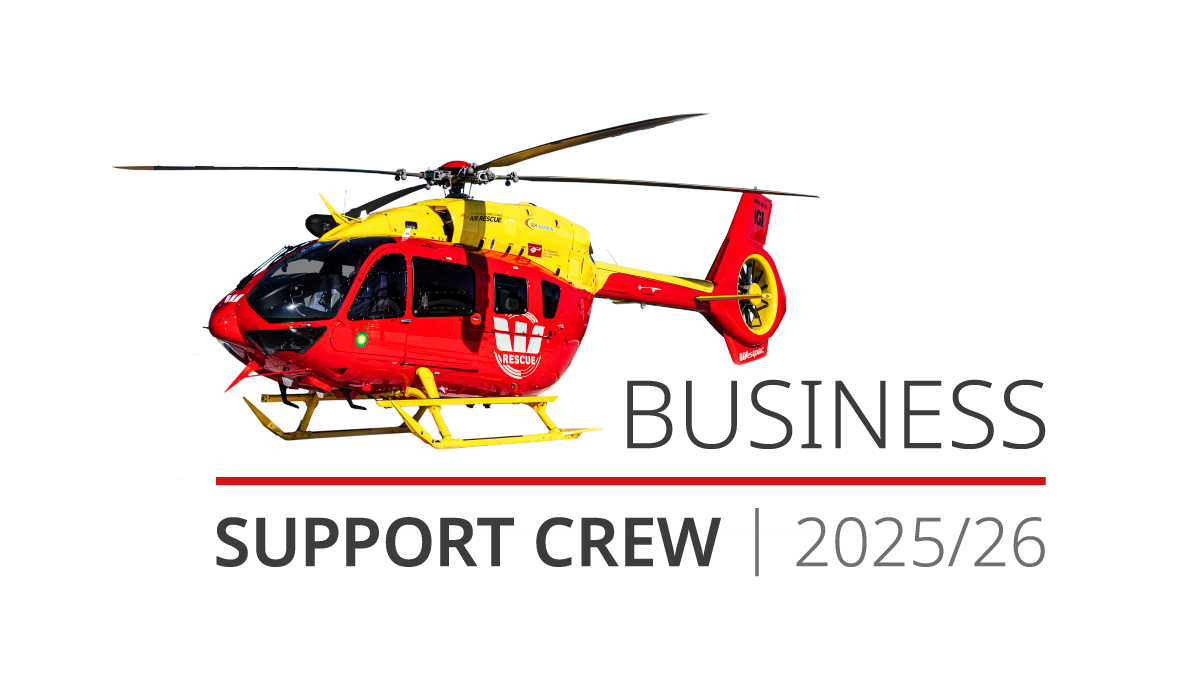Technology is evolving at the speed of light. Many companies across the globe are exploring robotics, automation, and AI to reimagine the way they do business. This unstoppable progress has brought the Fourth Industrial Revolution to life, which blurs the boundaries between the physical and digital world. It is paving the way for transformative changes for the better, as it has the potential to raise global income levels & improve the quality of life for populations around the world.
But what is The Fourth Industrial Revolution, and what role does Automation and Robotics play in this revolution? Let’s find out.
What Is The Fourth Industrial Revolution?
In January 2019, global leaders gathered for the World Economic Forum. At the top of their agenda was the Fourth Industrial Revolution. Often referred to as the 4IR or Industry 4.0, the term actually comes from Klaus Schwab, founder and executive chairman of the World Economic Forum and author of the book “The Fourth Industrial Revolution”. He used the term for the first time in an article published in 2016.
When referring to the Fourth Industrial Revolution, we refer to how technologies – such as AI, machine learning, robotics, etc – are all interconnected with humans’ physical lives, thus slowly merging our physical and digital world as mentioned above. Similar to the first three industrial revolutions, these changes will speed up production levels – however, this one will occur at a much greater pace and wider scope compared to its predecessor.
What Are The Technologies Driving These Changes?
At the heart of every Industrial Revolution is the technologies driving it. With the Fourth Industrial Revolution, one of the most significant technological developments was Artificial Intelligence. To simplify, AI describes computers that have the ability to “think like humans”, thus they can recognize complex problems, process information, draw conclusions, and make logical recommendations. Artificial Intelligence is said to be one of the key technologies in the sweeping transformation of the economy, society and the labour market.
Aside from AI, there are other aspects of smart industry that powers 4IR. For instance, machinery automation & robotics are able to perform their task autonomously, optimising factory production and protecting human employees from doing laborious and dangerous tasks. Robotic engineering companies are constantly developing novel technologies to achieve breakthrough levels of speed and productivity and reduce human error.
How a Global Pandemic Accelerates The Revolution
The COVID-19 outbreak has tested the industrial supply chain like never before – in fact, 94% of Fortune 1000 companies are seeing supply chain disruptions during the period. Though unprecedented, the global pandemic is forcing companies to innovate and automate, especially for the labour-intensive manufacturing sector. Industry players who are utilising automated system engineering are able to reduce the number of workers in their manufacturing plants, thus allowing a safe distance between each individual and a smooth transition into the “new-normal”. AI-powered robots are able to assist human workers to perform error-prone and repetitive tasks, which enables companies to maintain the same level and quality of production despite reduced workers.
Digital transformation in the manufacturing process was already going to happen in the near future, regardless of whether there was a pandemic to begin with; but Covid-19 has accelerated its adoption. The disruption has prompted the global industrial supply chain to change in a better way, such as embracing large-scale automation with custom automation solutions.
The Impact of Robotics and Cognitive Technologies in 4IR
Global pandemic or not, the change in the workforce is inevitable. The demand for physical and manual skills has been declining for the last 15 to 20 years, and this decline will continue with automation machinery. According to McKinsey and Company, the demand for these skills will fall by 11 percent overall in the United States and by 16 percent overall in Europe between 2016 and 2030 alone. The next wave of automation and AI in manufacturing will disrupt production functions in factories through better analytics and increased human-machine collaboration. The so-called “smart factory” will emerge, employing smart robots and automating most of the physical processes of the factory.
Robotic spans a spectrum from the routine process automation of repeatable tasks, to cognitive technologies where machine learning can develop voice and data recognition capabilities. They can learn and improve as they recognize new patterns that get coded into new rules. For all of its potential, it’s still essential to focus efforts where cognitive technologies can work best. The more robotics machines can do for your company, the more time you can utilise your valuable human resources to perform higher value investigative, innovative, and due diligence tasks.
Conclusion
In the end, we as humans are collectively responsible for guiding this Industrial Revolution, as well as the coming ones. The decisions that we make today will affect our lives and shape the future that our children will live in, thus we should grasp this opportunity to collaborate with machinery automation & robotics and shape the Fourth Industrial Revolution to create a future that works for all of us.
There’s no doubt that automated packaging equipment will help to future-proof your company and prepares you to enter the Fourth Industrial Revolution. At Aurora Process, we can help you with industrial packaging equipment from start to finish – be it filling, closing, conveying, palletizing, wrapping & control. If you are looking for robotic automation companies to assist with your organisation, be sure to contact us today.













